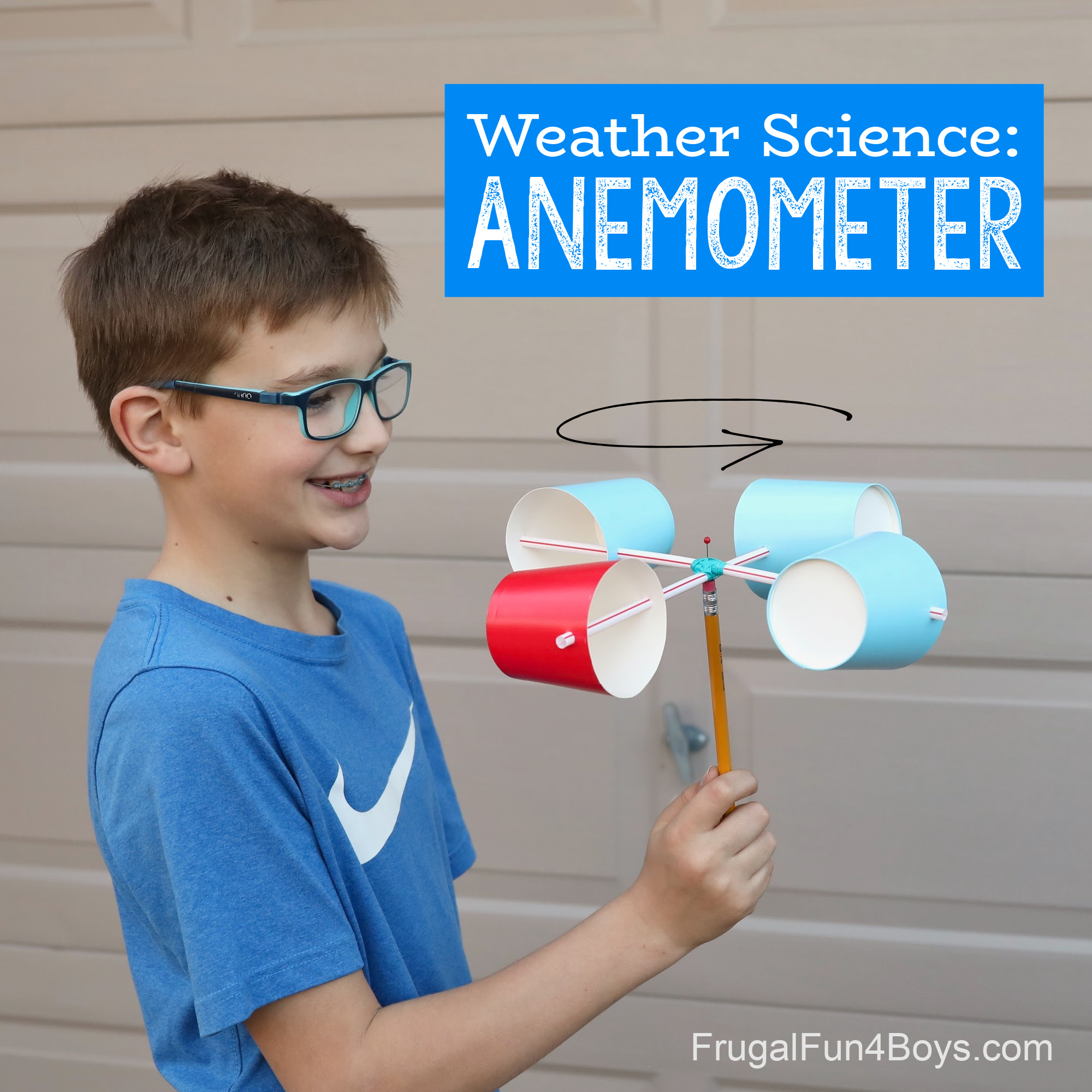Anemometers Unveiled: Understanding Their Significance in Environmental Monitoring and Precaution
The role of anemometers in ecological tracking and safety measures is usually ignored, yet their importance is obvious. From meteorology to air travel safety, anemometers play an essential duty in supplying accurate information that informs decision-making procedures and improves overall safety and security.
History of Anemometers
The advancement of anemometers can be mapped back to the ancient people where basic wind gauging gadgets were initial used. These very early wind dimension tools laid the structure for the development of a lot more sophisticated anemometers with time. One of the earliest well-known anemometers was the hemispherical mug anemometer designed by Leon Battista Alberti in the 15th century. This design was composed of 4 hemispherical cups that gathered wind power, offering a dimension of its strength based on the speed of turning.
Over the years, advancements in technology led to the advancement of more modern anemometers, including ultrasonic anemometers and laser Doppler anemometers, using raised accuracy and effectiveness in determining wind rate and instructions. The history of anemometers showcases a remarkable journey of innovation and progress in the field of meteorology.
Kinds Of Anemometers
Throughout the field of meteorology, various kinds of anemometers have actually been established to properly determine wind speed and direction. One of the most usual kind is the cup anemometer, which is composed of 3 or four mugs mounted on horizontal arms that revolve with the wind. As the cups rotate, the rate at which they turn is directly symmetrical to the wind speed. One more extensively utilized kind is the vane anemometer, which includes a tail or fin that aligns itself with the wind instructions. This positioning permits the tool to figure out the wind direction. Sonic anemometers use ultrasonic signals to measure wind rate and direction precisely. They are generally utilized in research study applications because of their high precision. Hot-wire anemometers run based upon the principle that the cooling effect of wind on a heated cord is proportional to the wind rate. These anemometers are appropriate for determining reduced wind rates with high accuracy. Each sort of anemometer has its toughness and is picked based on the certain needs of the tracking job handy.
Applications in Weather Forecasting
Having actually reviewed the numerous sorts of anemometers used in meteorology for gauging wind speed and direction, it is important to discover their functional applications in the area. Anemometers play an essential function in weather forecasting by supplying precise and real-time information on wind conditions (anemometer). Meteorologists make use of anemometers to check wind rate and instructions to anticipate weather condition patterns, concern cautions for extreme weather condition events like tornados, hurricanes, and typhoons, and analyze weather for aeronautics security
In meteorology, anemometers help in recognizing local and local wind patterns, which are crucial for predicting weather changes and determining weather fads. These devices are also utilized in research study to study microclimates, metropolitan warmth islands, and air pollution diffusion. Furthermore, anemometers are used in agriculture to enhance crop administration techniques, such as irrigation and pesticide application, based upon wind conditions.
Importance in Aeronautics Security
An indispensable aspect of making sure aeronautics safety hinges on the thorough monitoring of wind conditions using anemometers. Anemometers play an essential duty in aeronautics by giving real-time information on wind browse this site speed and instructions, helping pilots in making notified decisions throughout trip, landing, and liftoff. Strong and uncertain winds can considerably affect airplane procedures, making it important for aeronautics authorities to rely upon exact wind measurements to guarantee the security of travelers and crew.

In the vibrant atmosphere of aviation, where also small modifications in wind rate and instructions can have extensive effects, anemometers stand as essential tools for advertising safe and secure and risk-free air travel.
Role in Environmental Research Study
Anemometers play an important role in ecological research study by providing vital data on wind speed and instructions. By accurately measuring wind attributes, anemometers help researchers analyze the activity of toxins in the air, go to website examine the effect of industrial discharges, and anticipate the spread of pollutants in the setting.


Final Thought
In verdict, anemometers have actually played a vital duty in environmental tracking and security steps. Recognizing the relevance of anemometers is necessary for properly determining wind rate and direction, which is crucial for anticipating weather patterns, guaranteeing secure aeronautics procedures, and conducting environmental studies.
One of the earliest well-known anemometers was the hemispherical mug anemometer developed by Leon Battista Alberti in the 15th century. Over the years, improvements in modern technology led to the development of more modern-day anemometers, consisting of ultrasonic anemometers and laser Doppler anemometers, providing enhanced accuracy and performance in measuring wind speed and direction. Hot-wire anemometers run based on the principle that the cooling result of wind on a heated cord is symmetrical to the wind speed. Meteorologists make use of anemometers to check wind speed and instructions to forecast weather condition patterns, concern warnings for serious weather condition events like hurricanes, tornados, and tornadoes, and assess atmospheric conditions for aeronautics security.
Recognizing the importance of anemometers is important browse around this web-site for accurately determining wind rate and direction, which is vital for anticipating weather condition patterns, making certain secure aviation operations, and conducting environmental research studies. (anemometer)